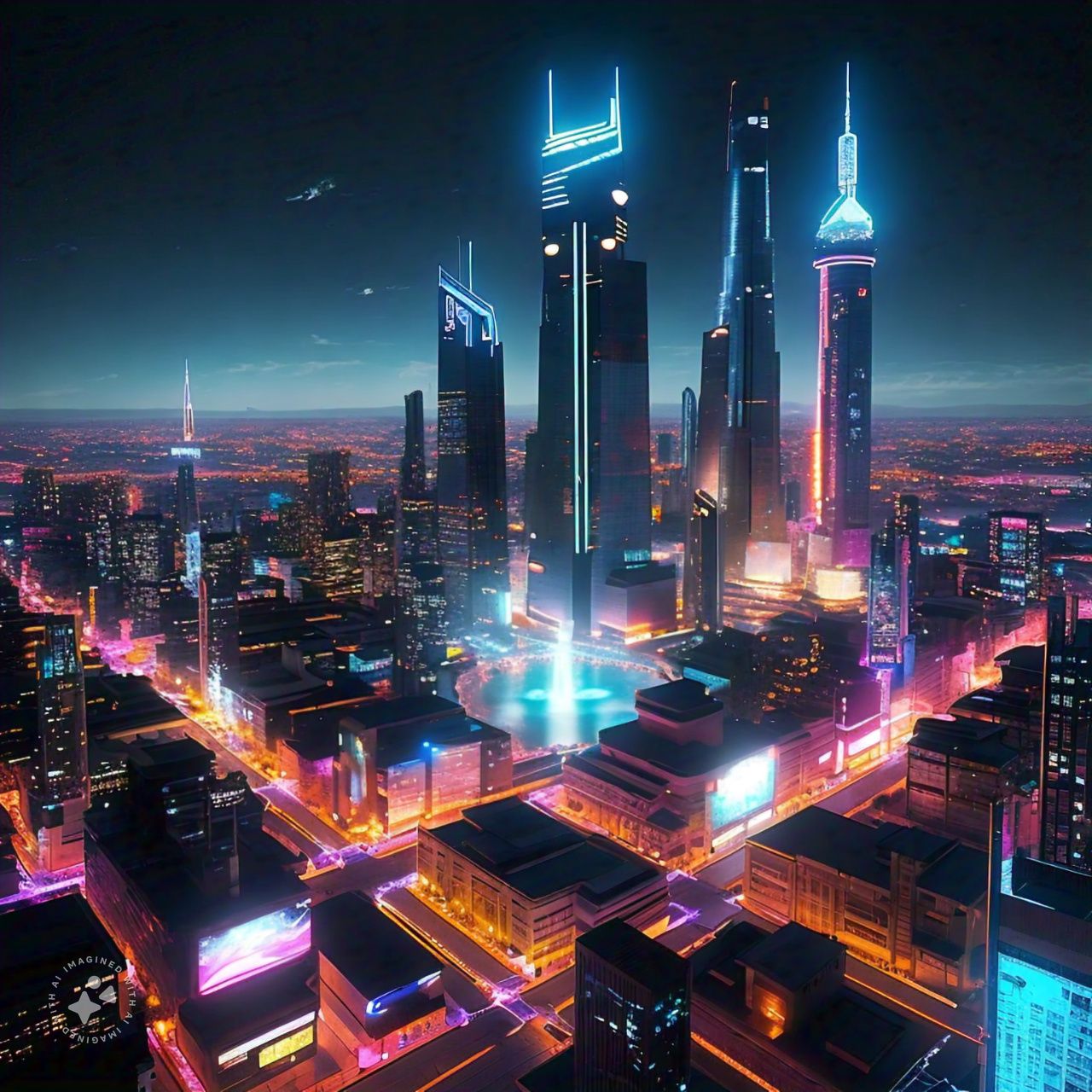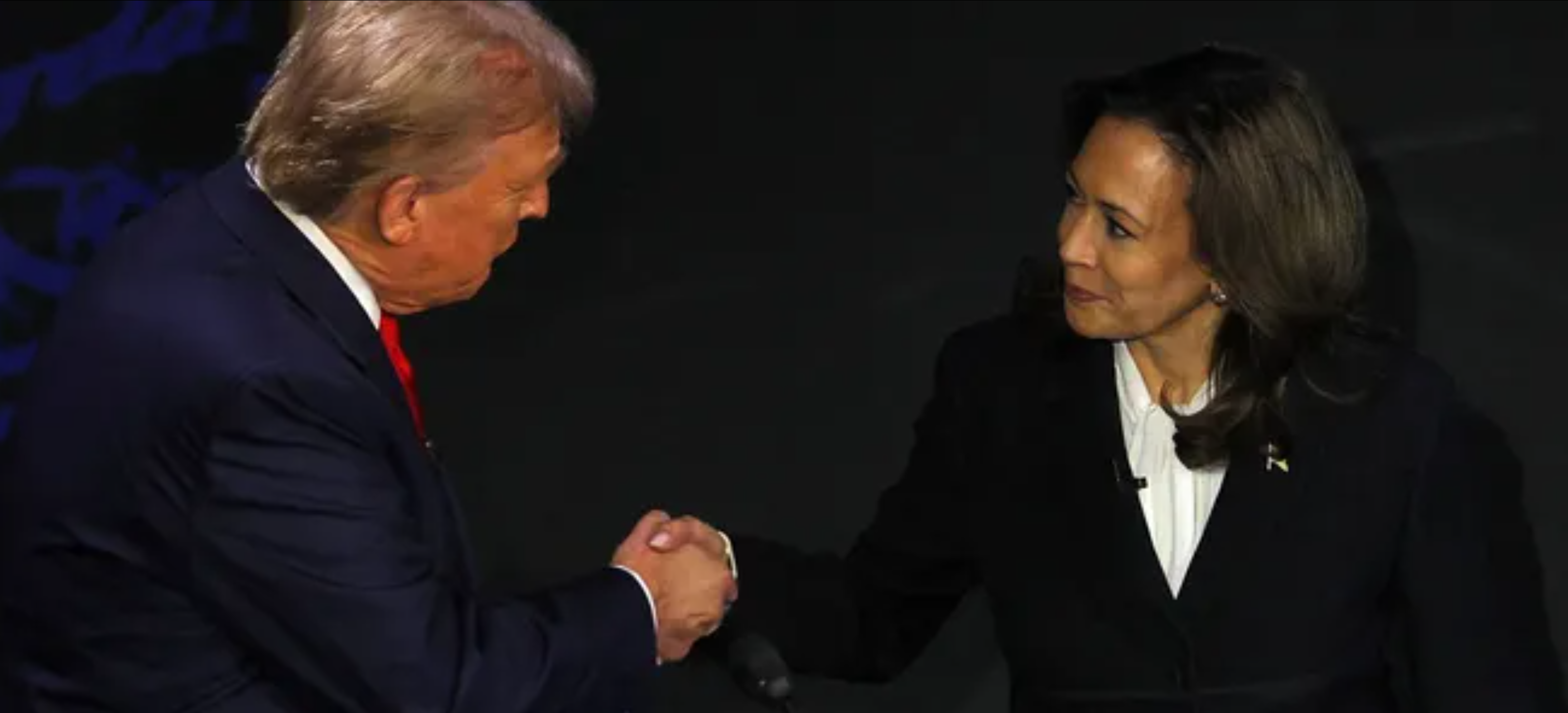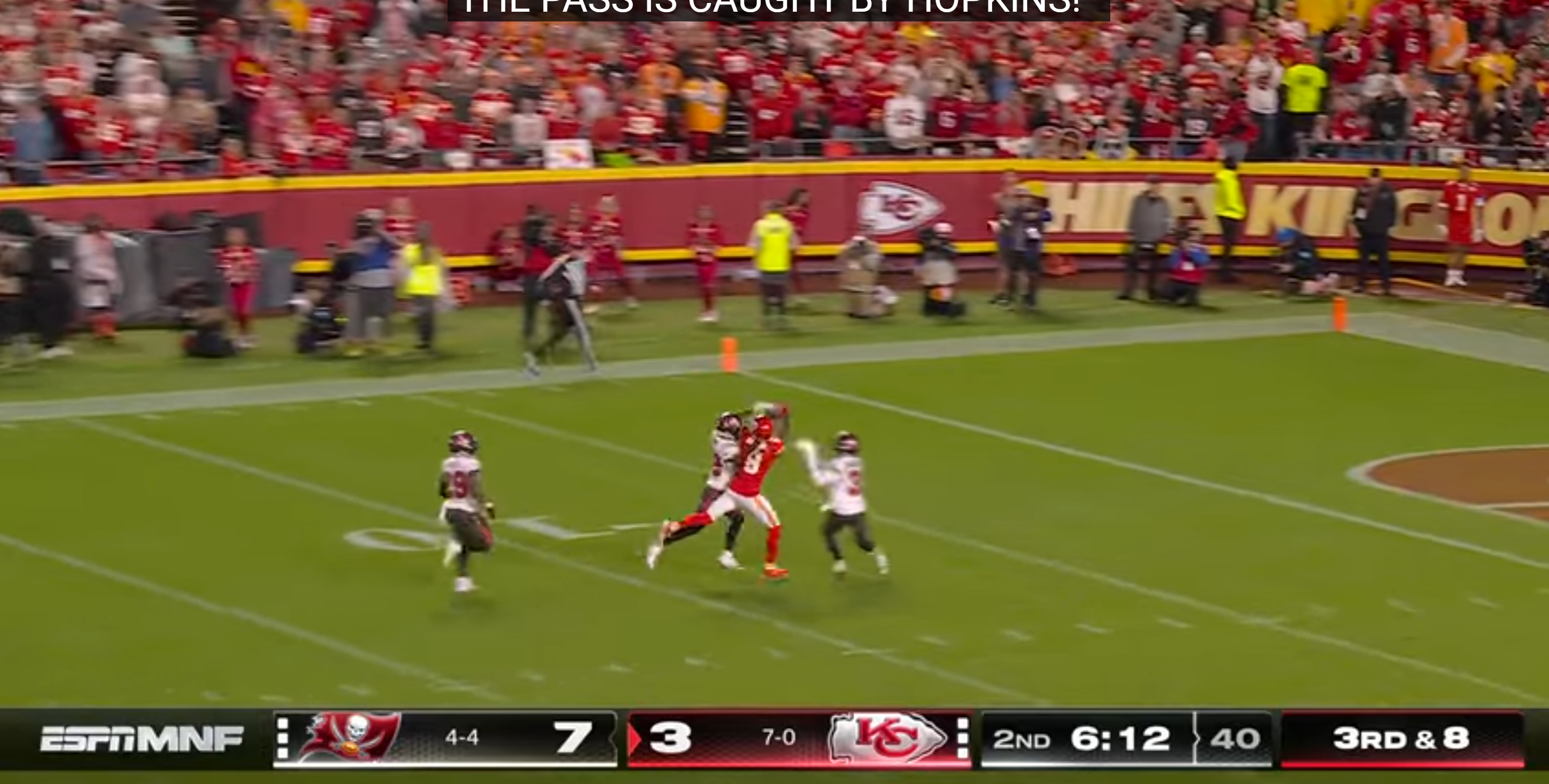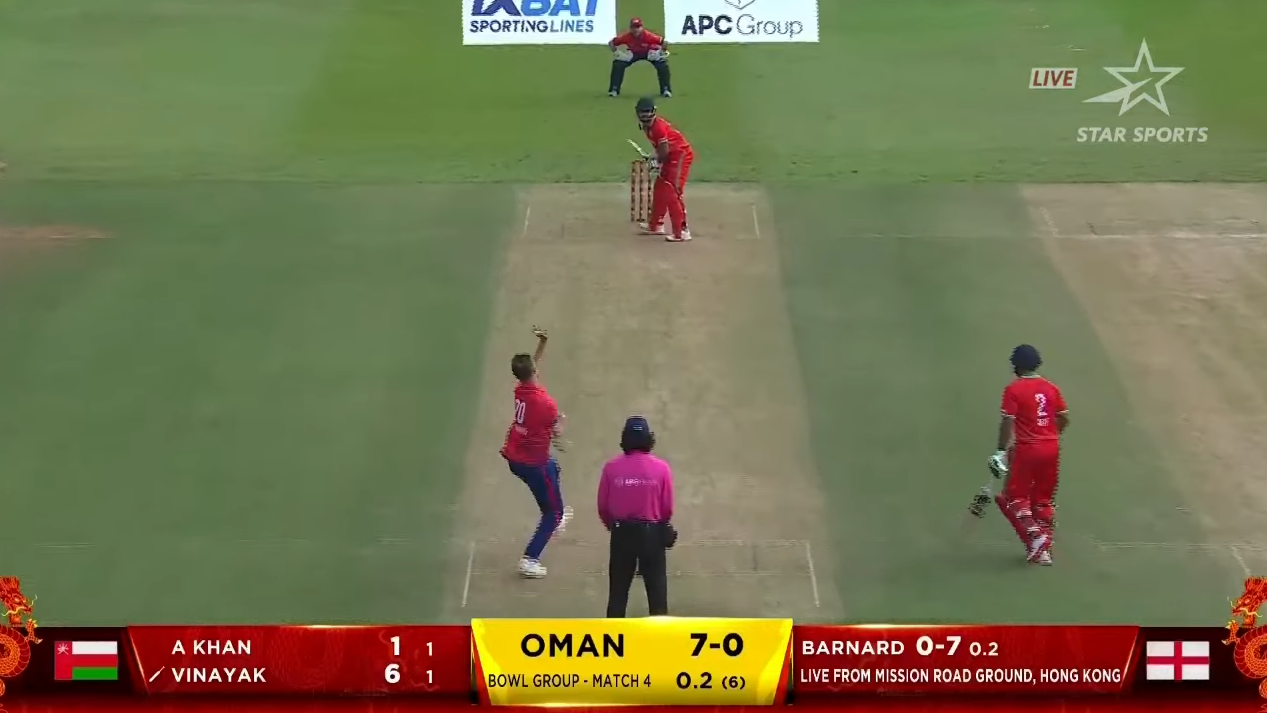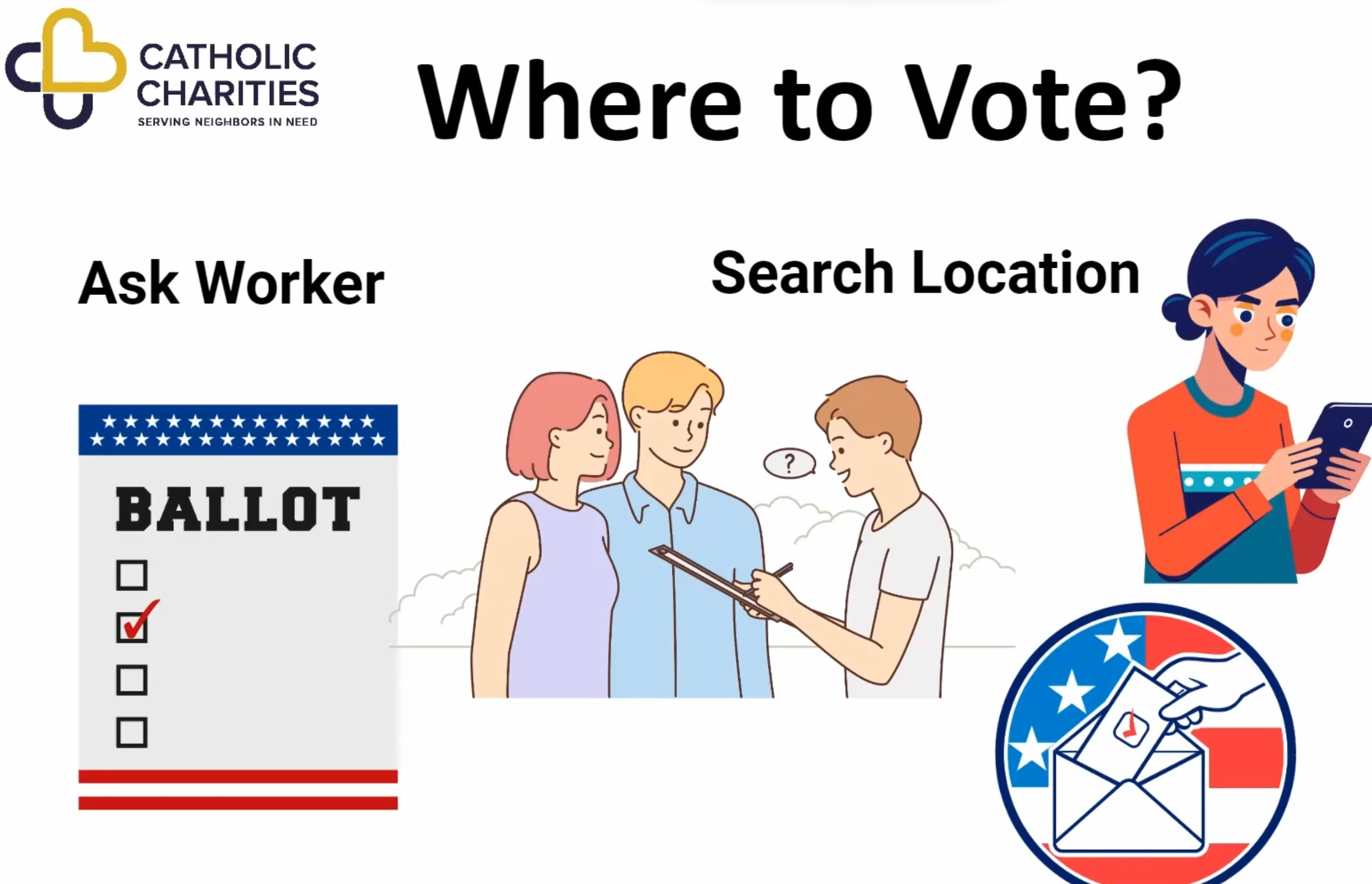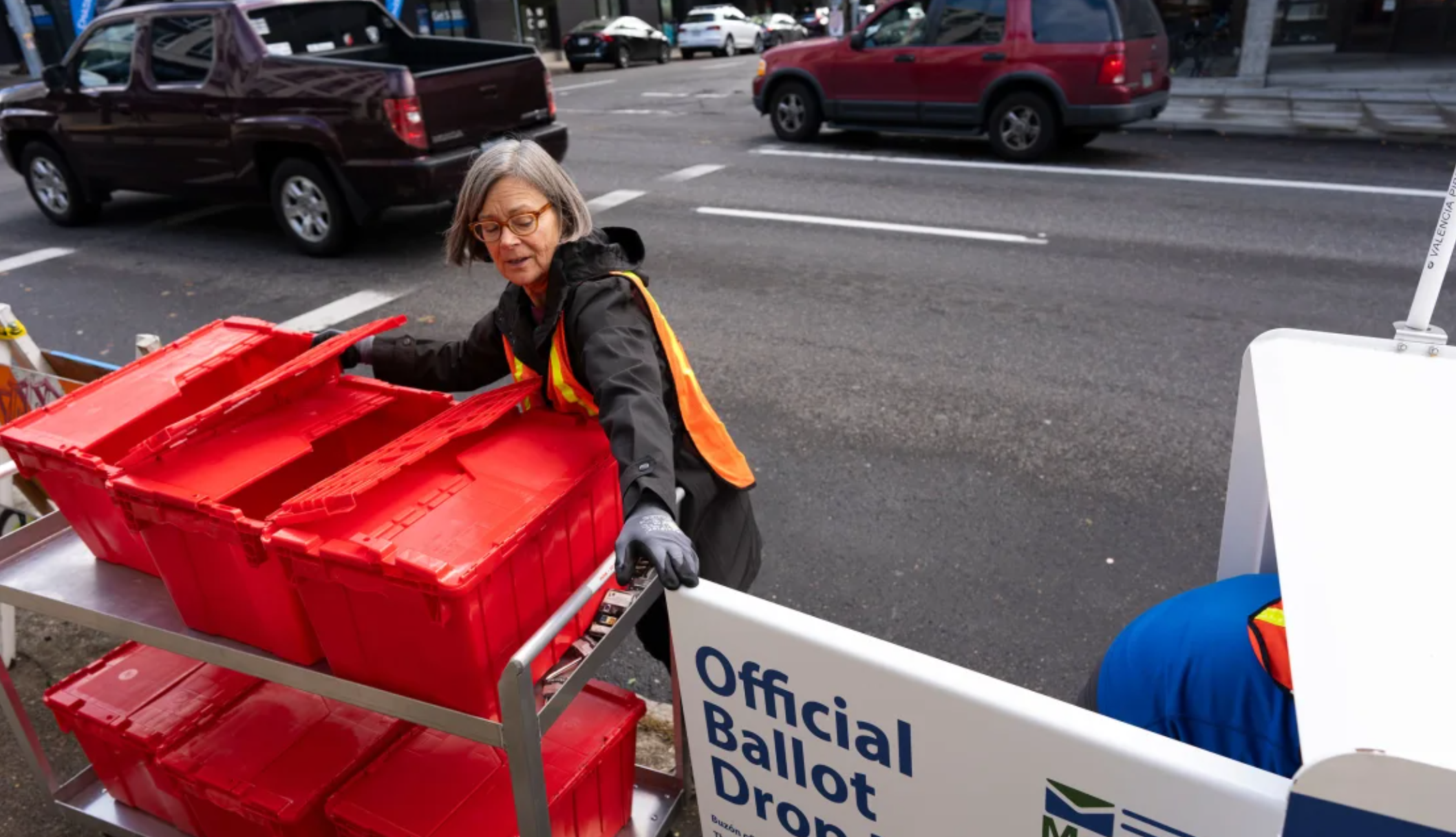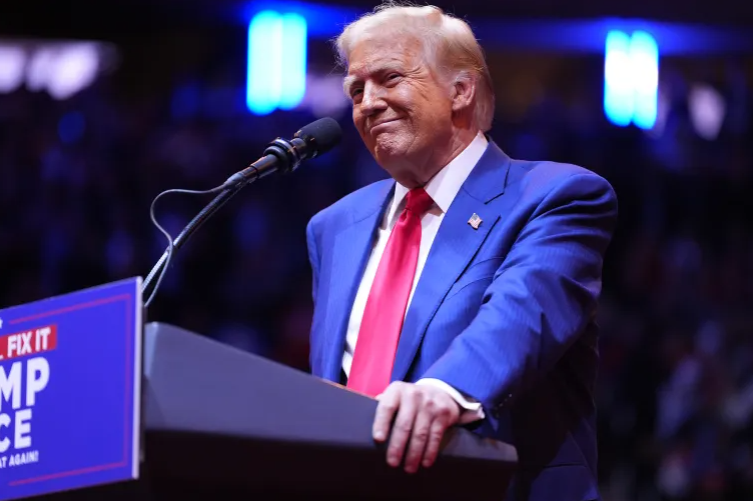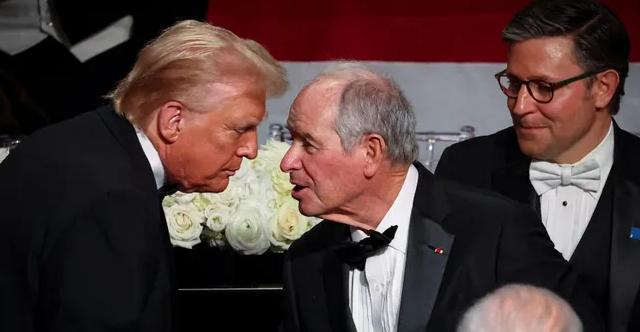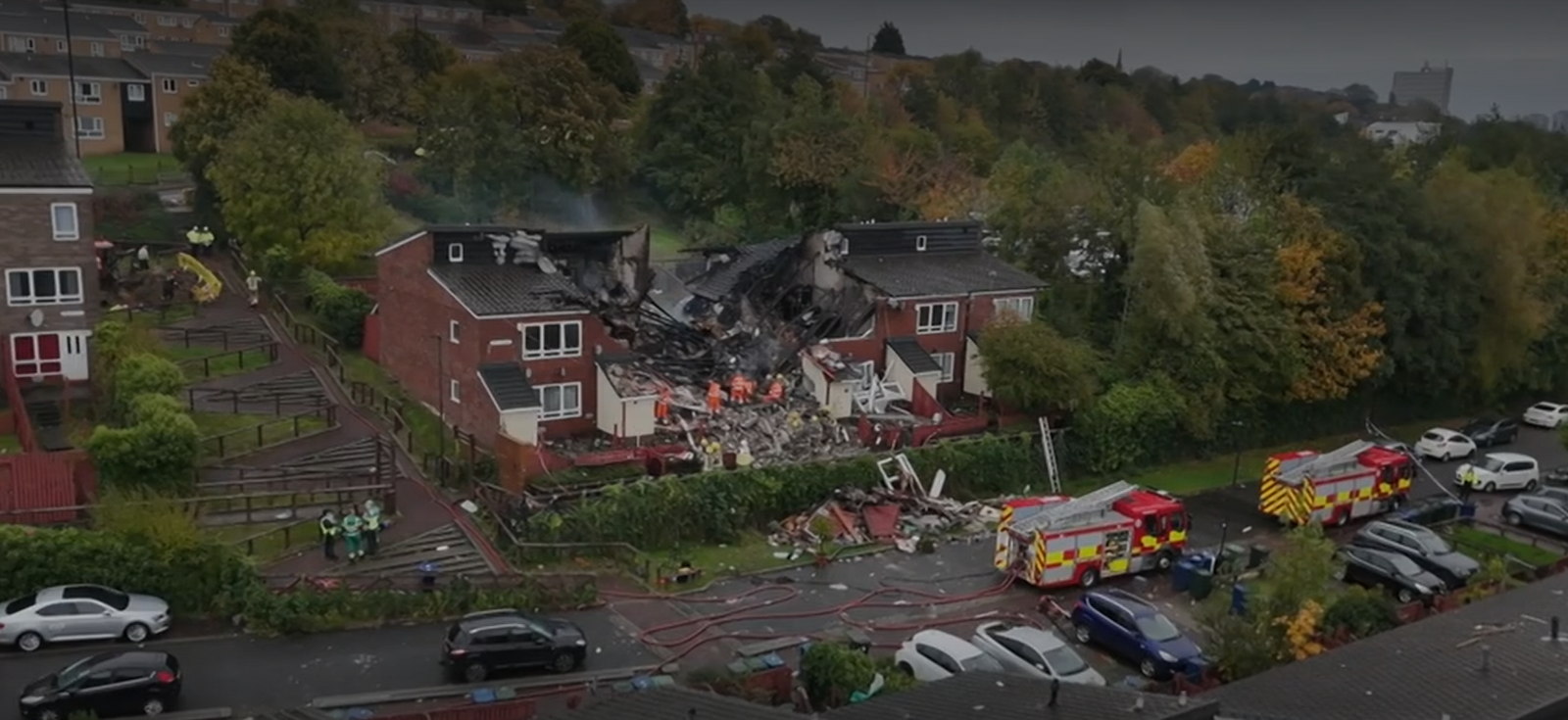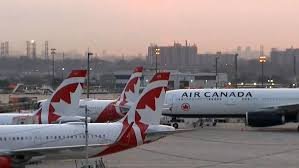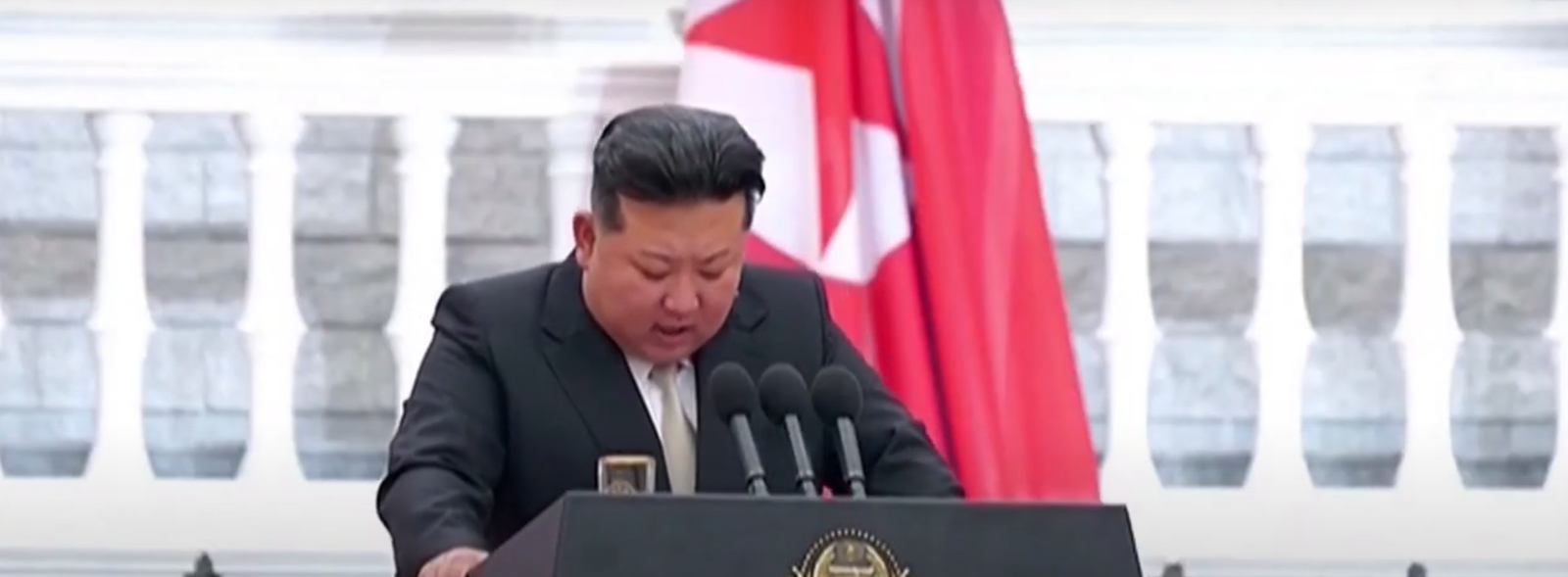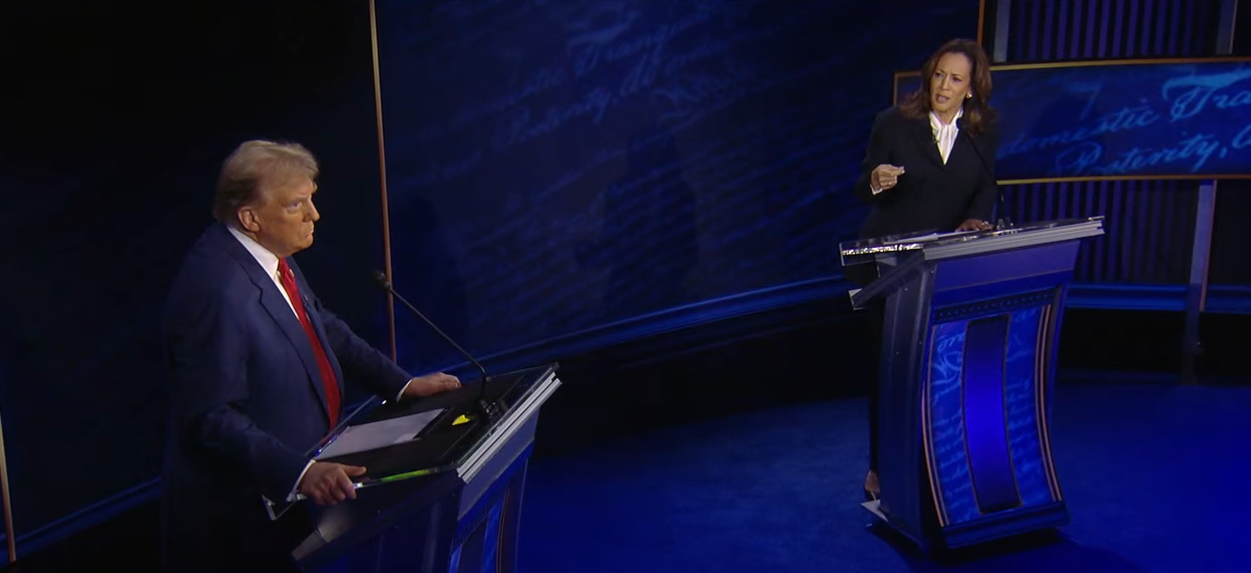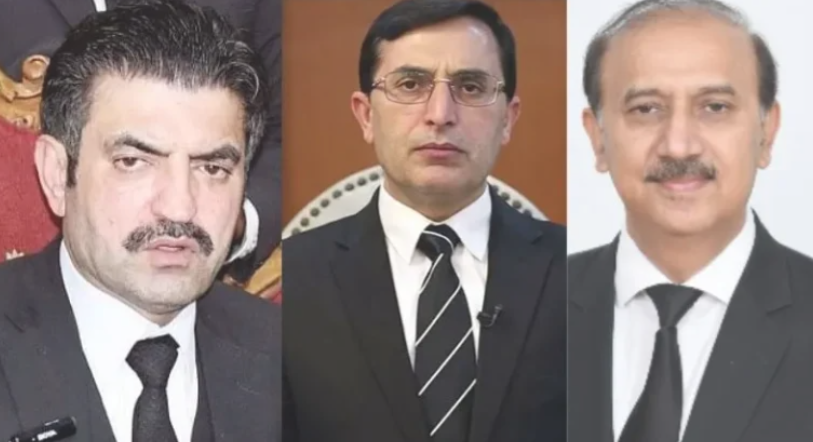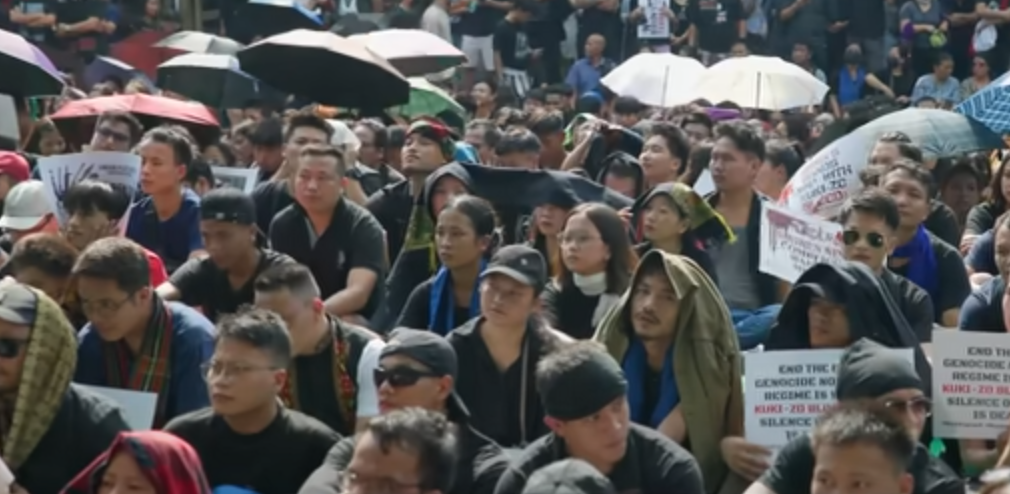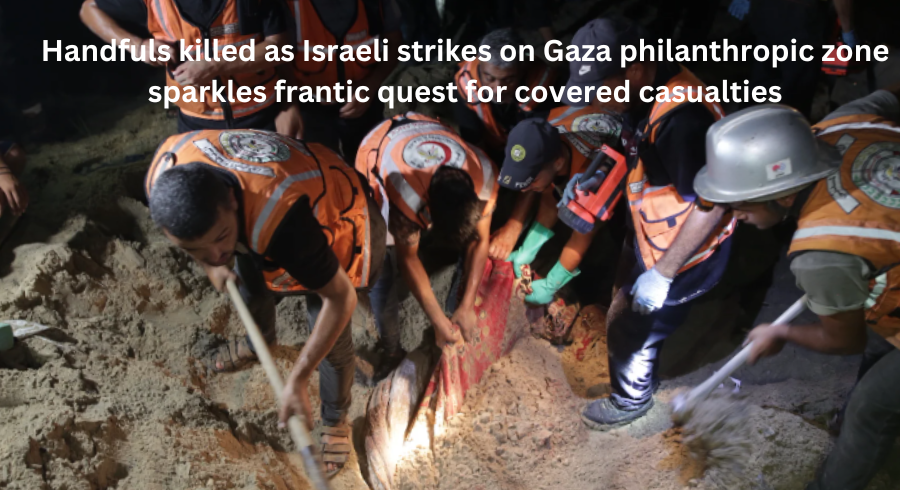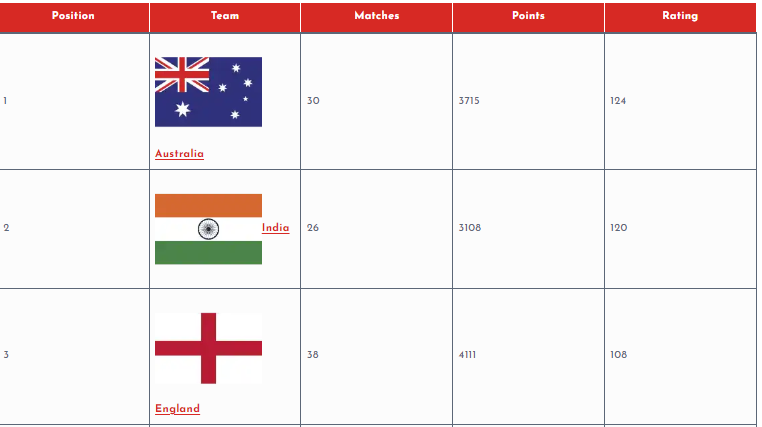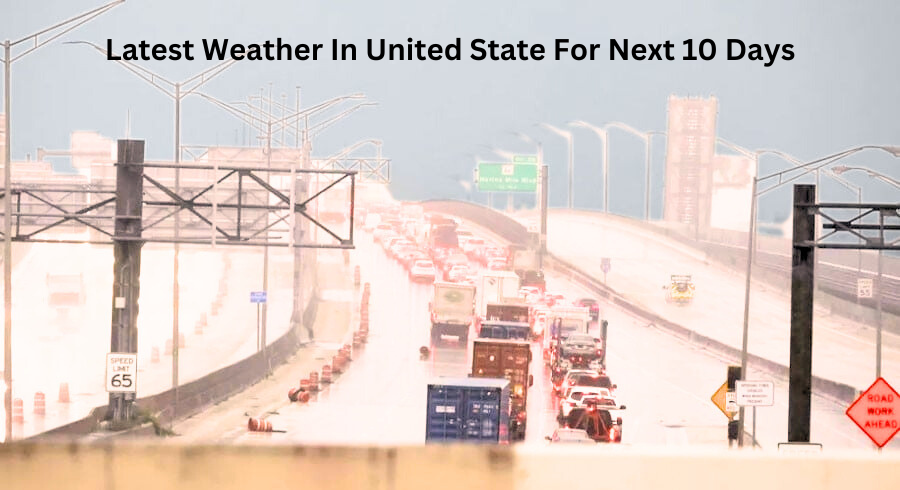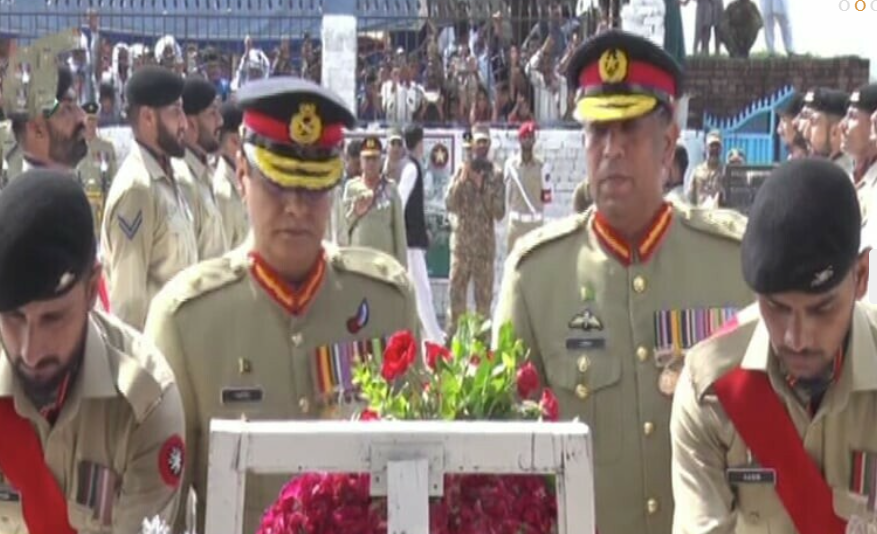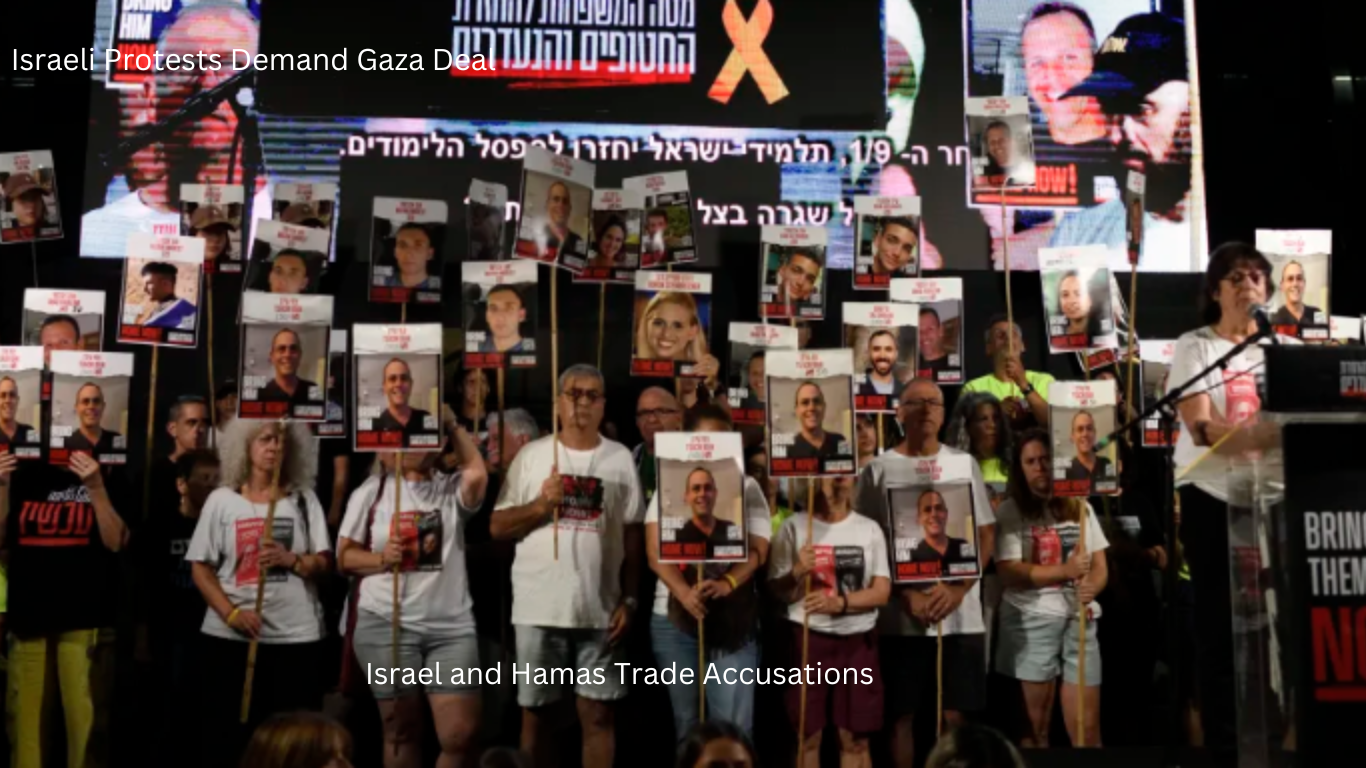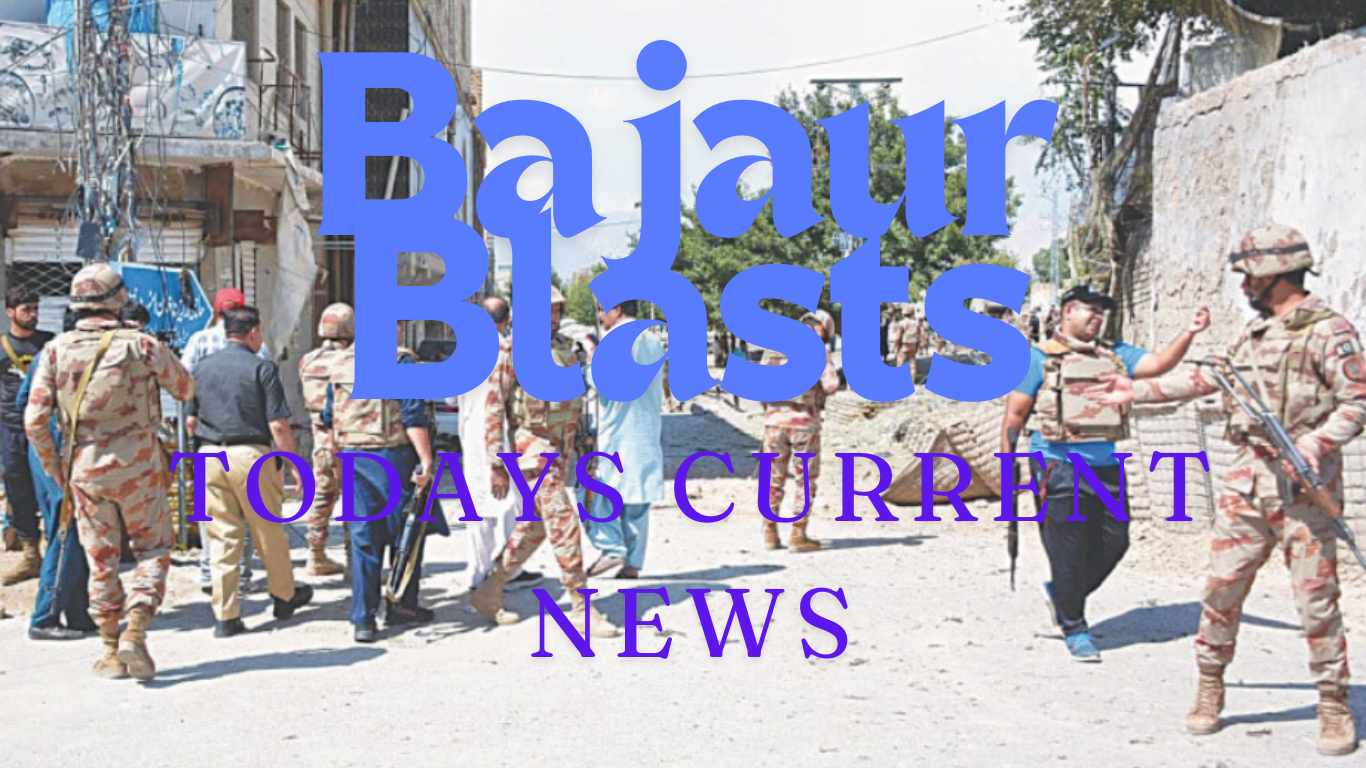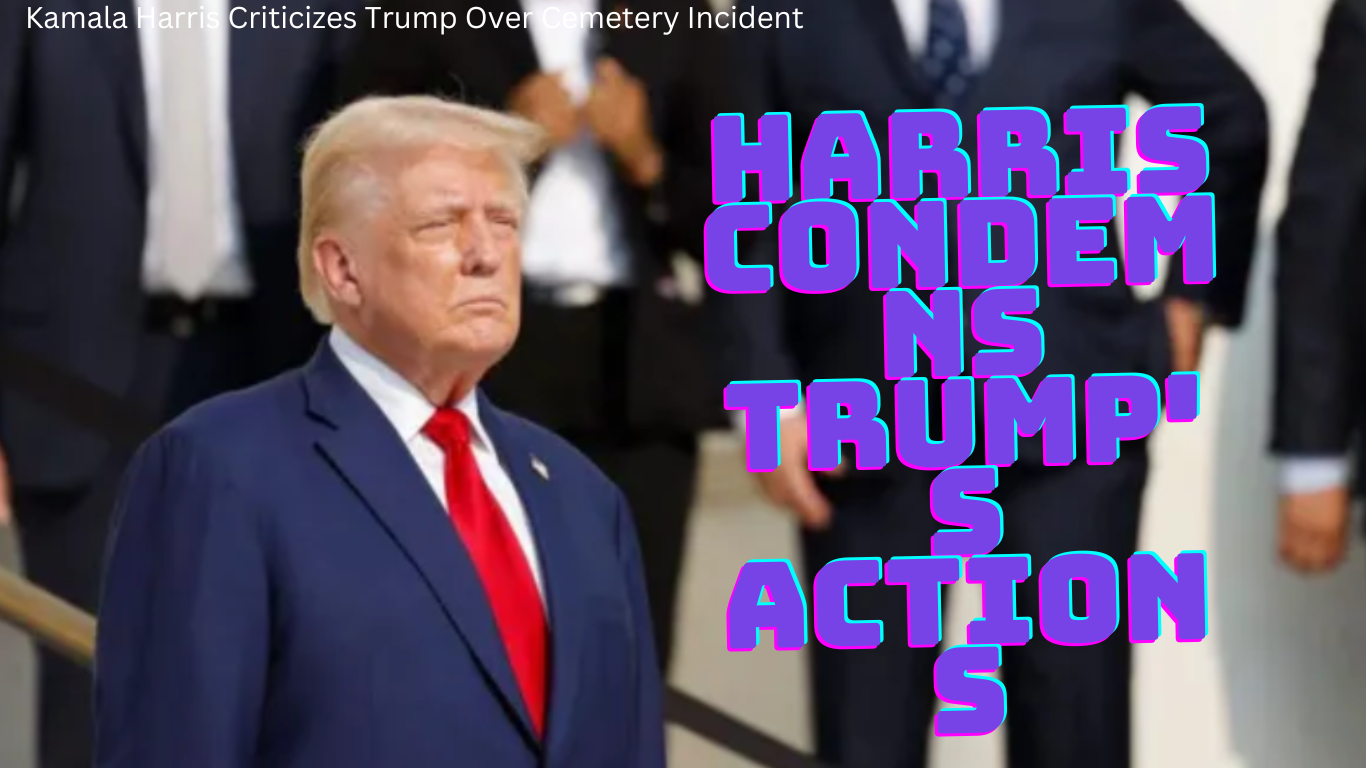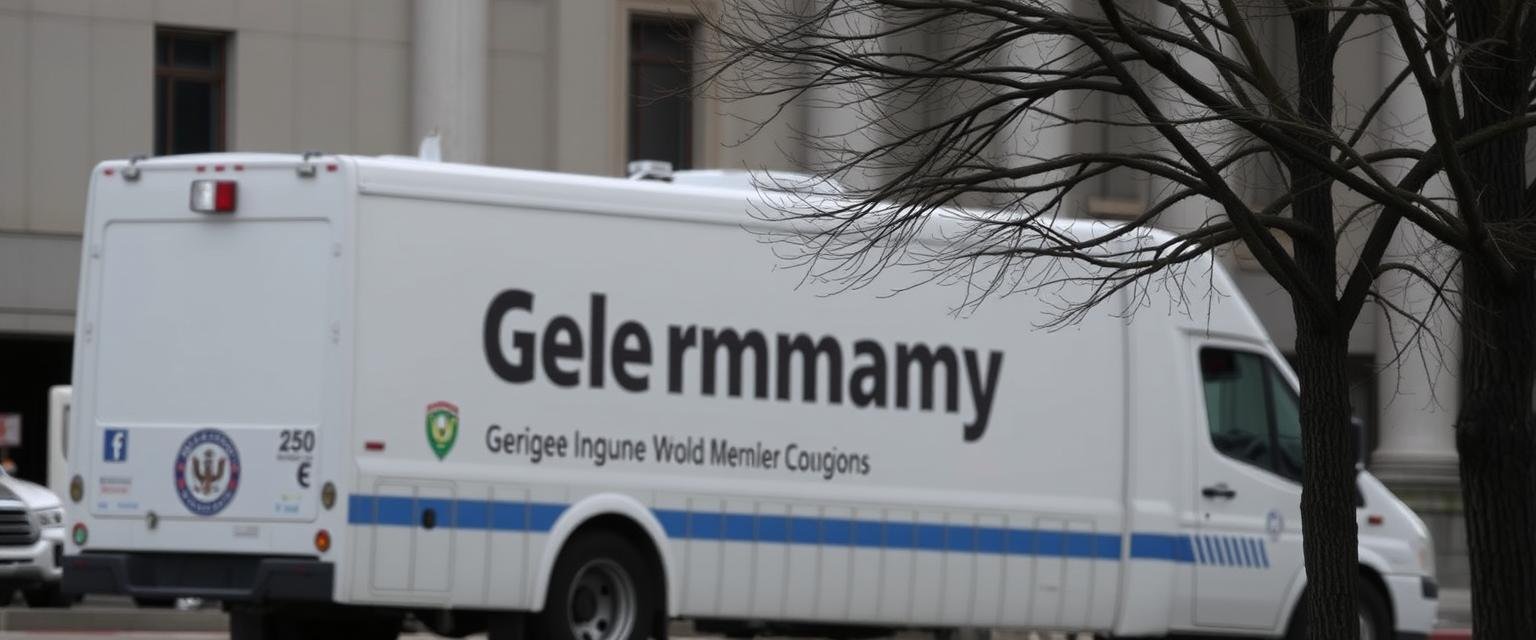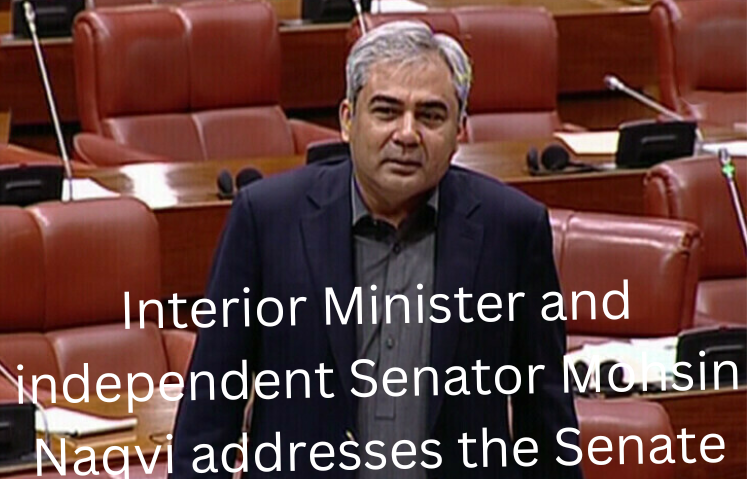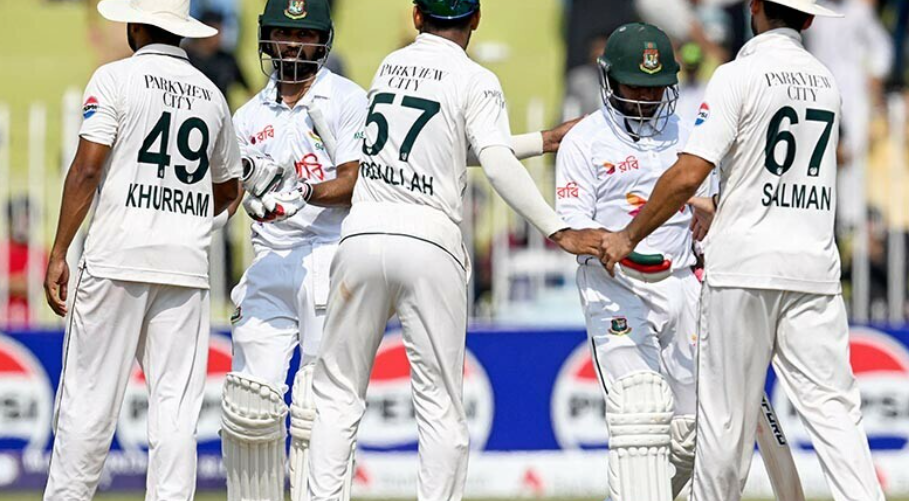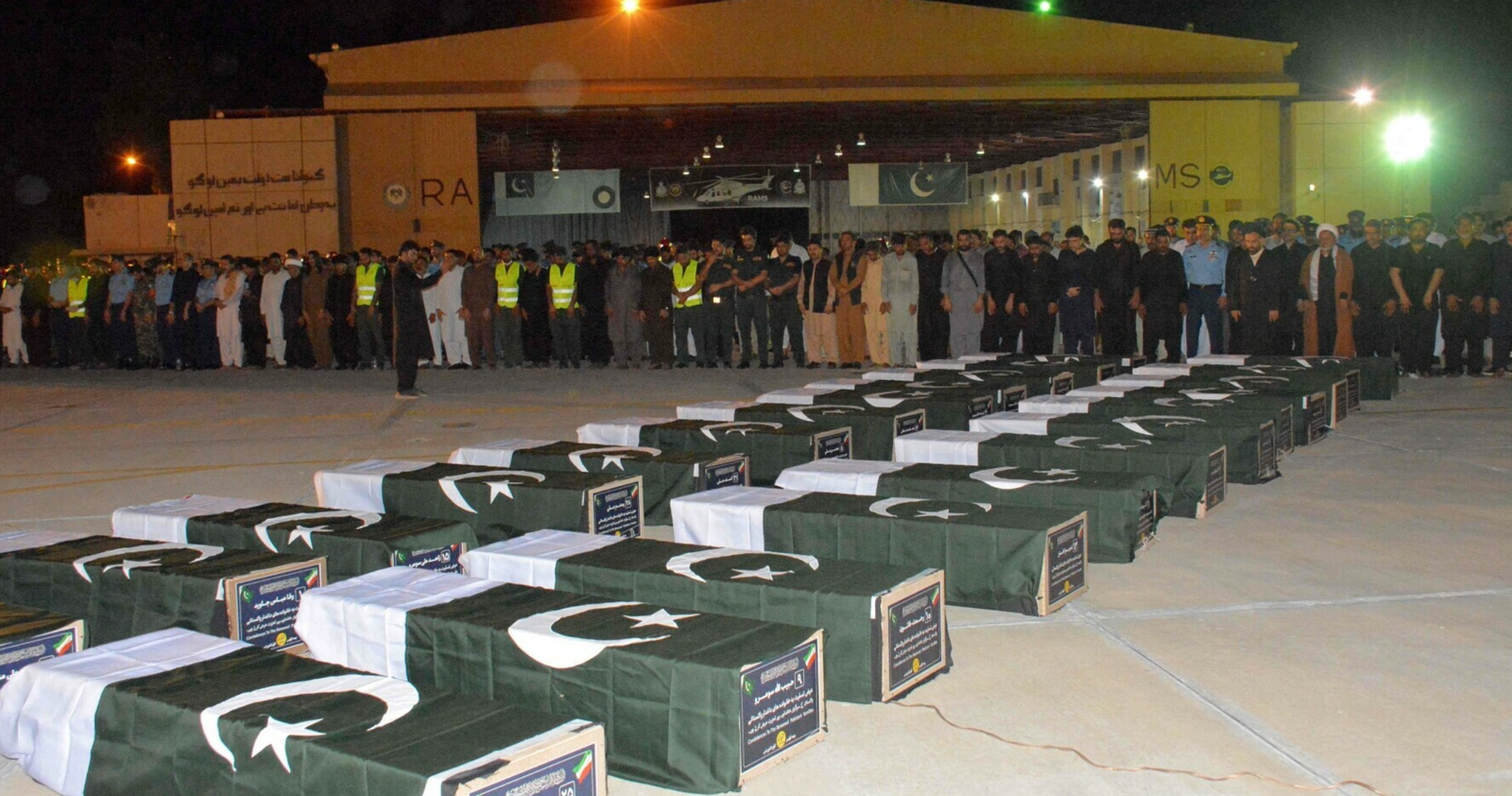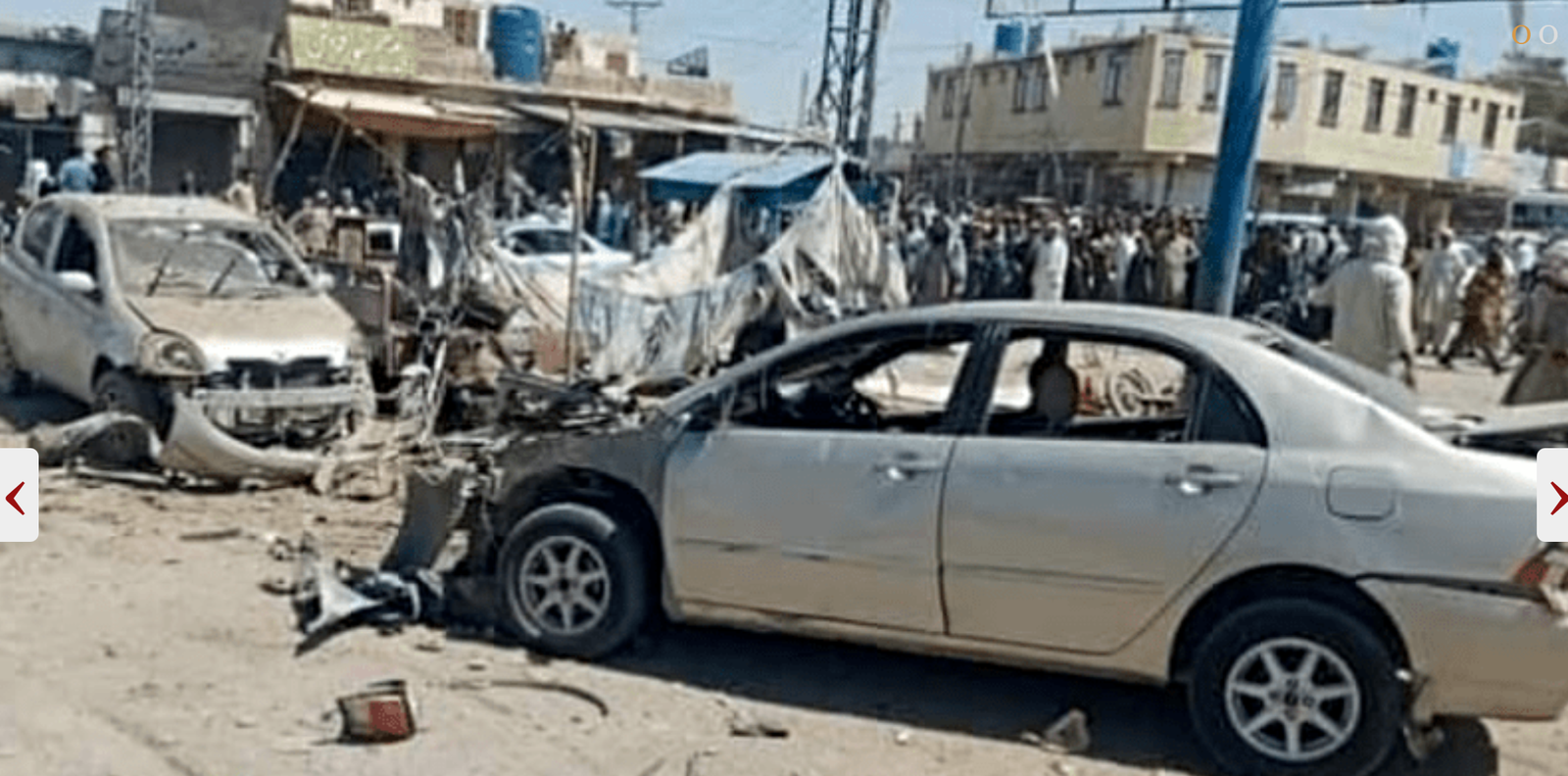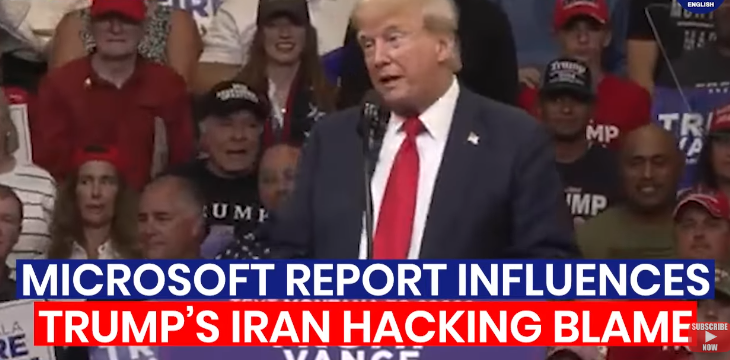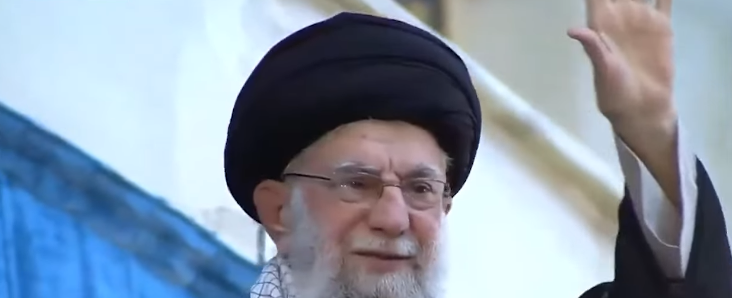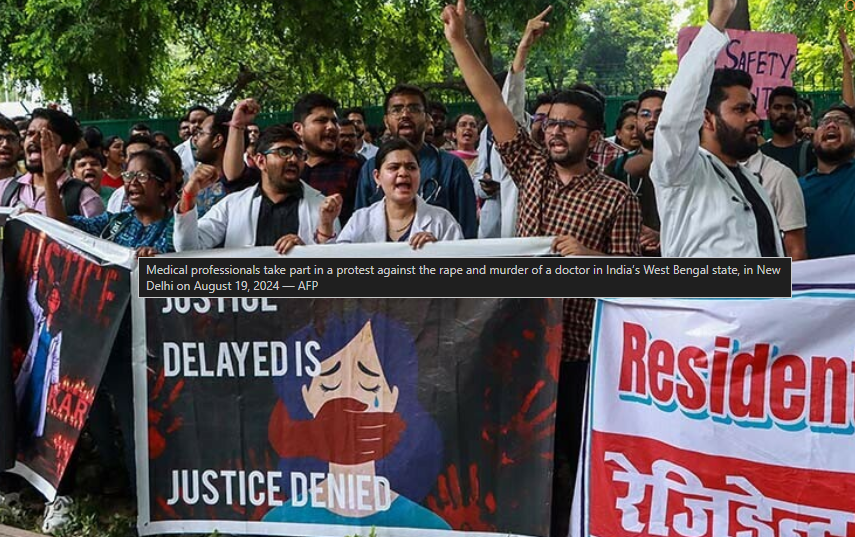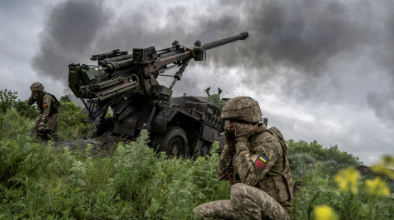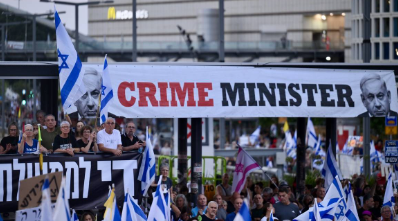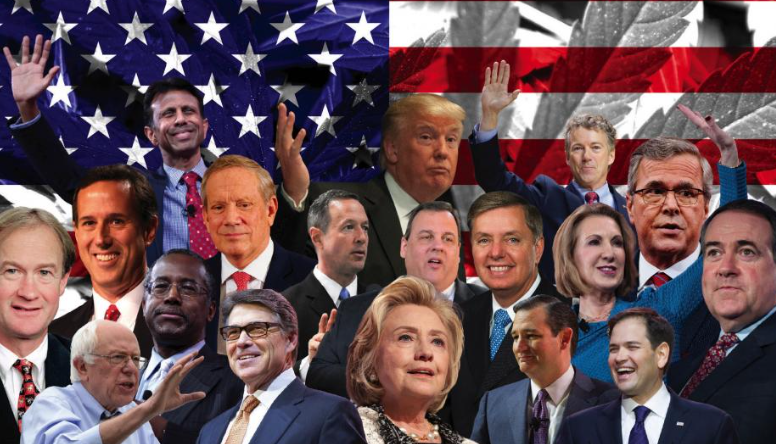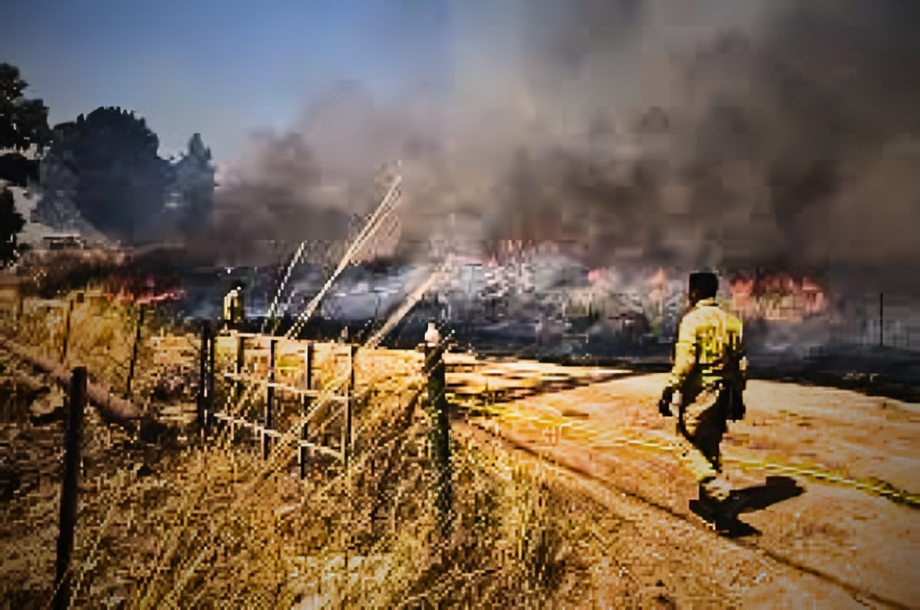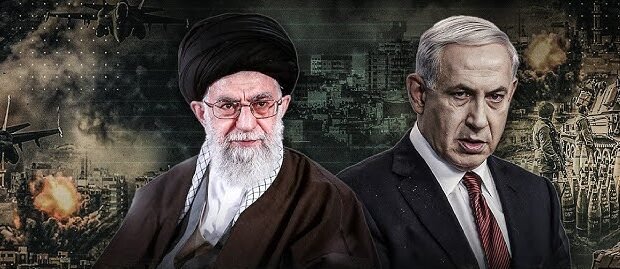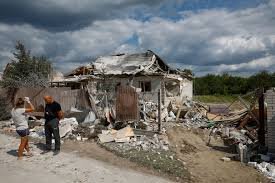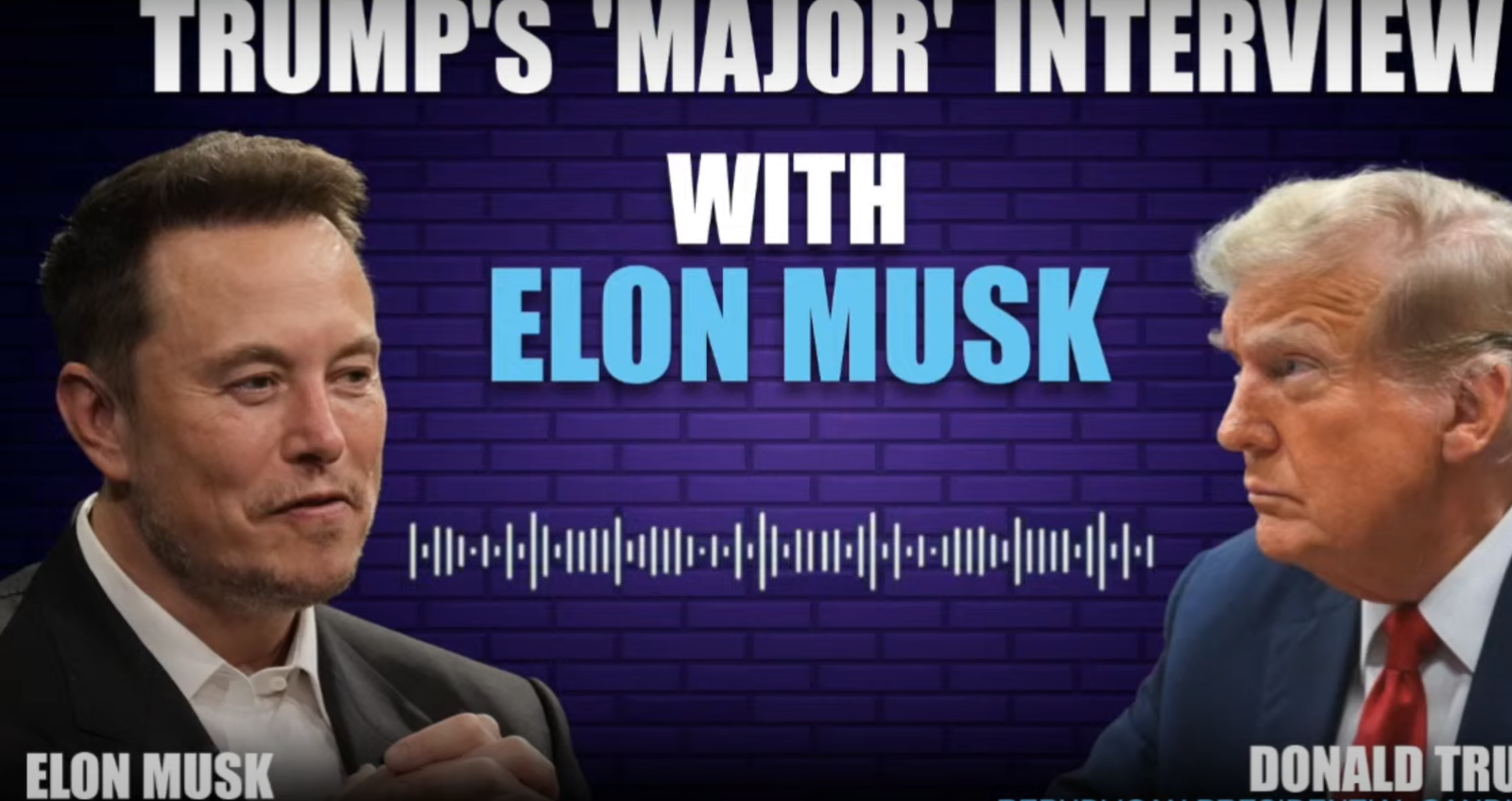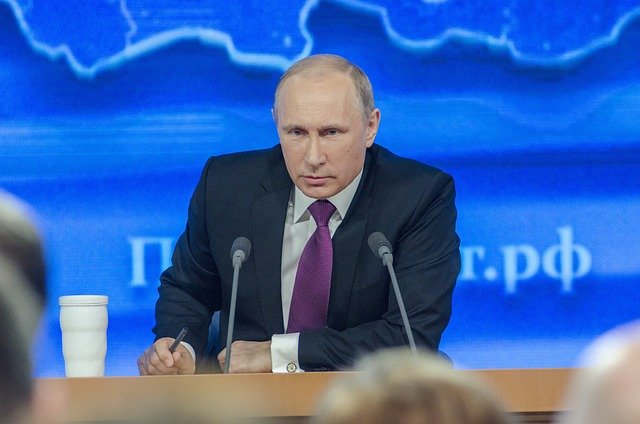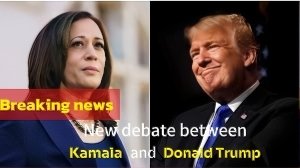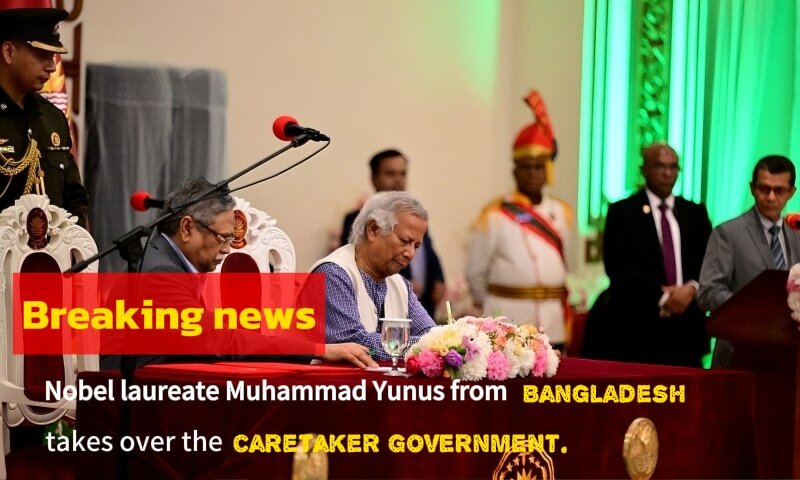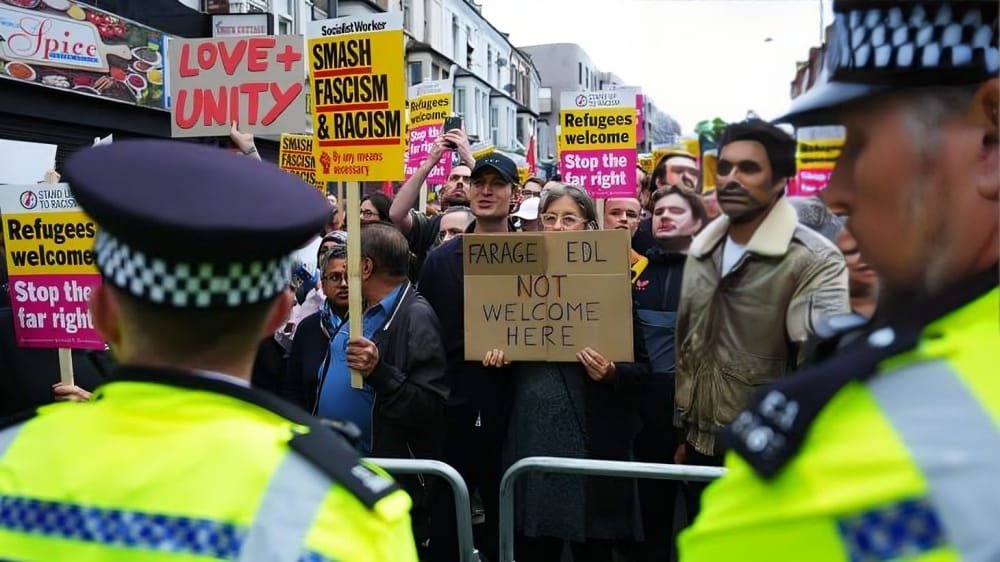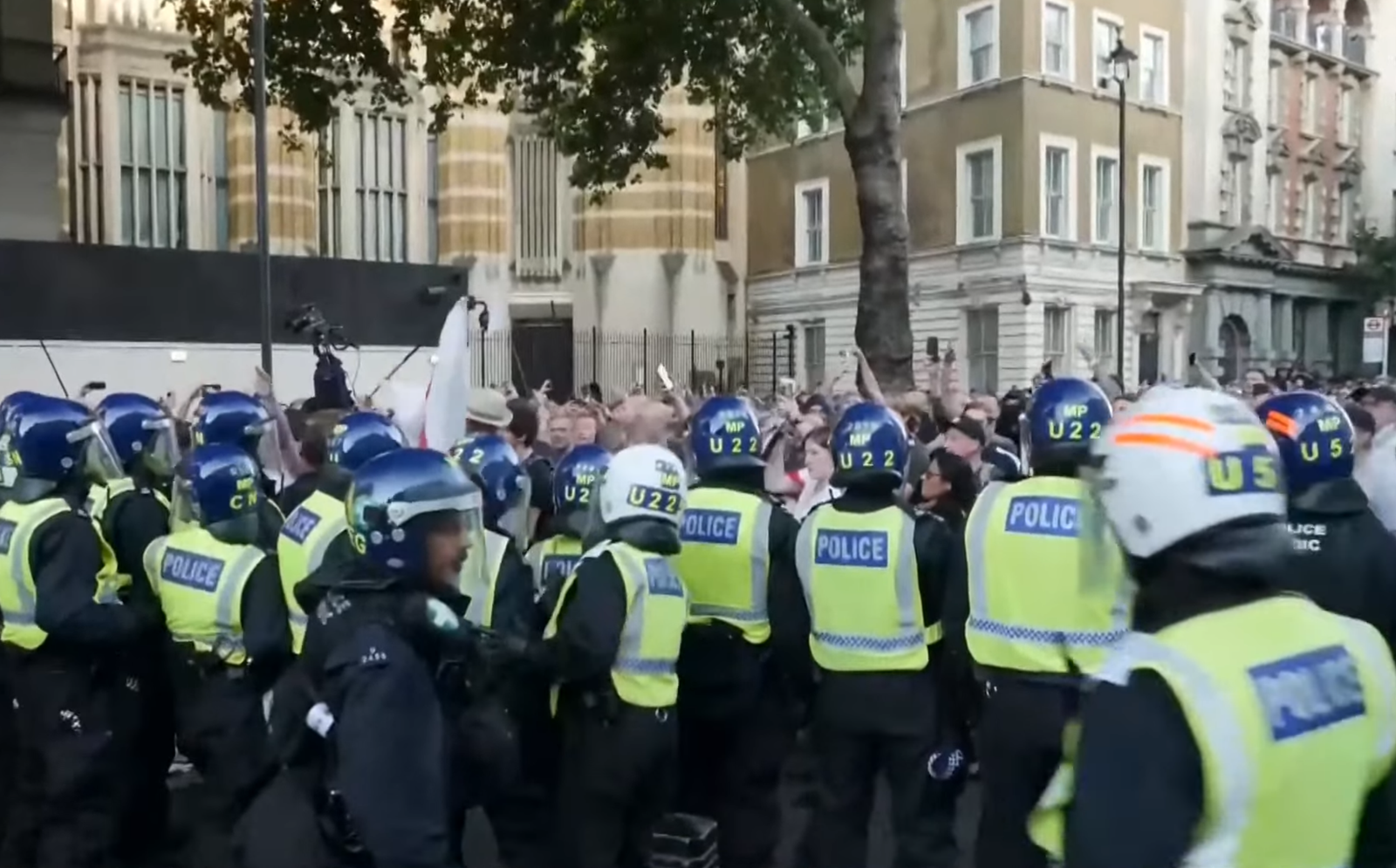
Why riots Voilence in UK?
Riots violence in the UK can occur due to a variety of reasons, often reflecting deeper societal issues, Petrol Bombs Thrown at Police During Clashes. Some common factors that have historically contributed to unrest include:
- Social Inequality: Disparities in wealth, education, and opportunities can create tension, particularly in marginalized communities. When people feel excluded or unfairly treated, it can lead to frustration and anger.
- Racial and Ethnic Tensions: The UK, like many other countries, has a diverse population. Historical and ongoing issues related to racism, discrimination, and immigration can sometimes lead to conflicts.
- Economic Hardship: High unemployment rates, especially among young people, and cuts to social services can exacerbate feelings of helplessness and anger, leading to protests that can sometimes turn violent.
- Political Discontent: Disagreements with government policies or actions, especially those perceived as unjust or harmful to certain groups, can spark protests. If these protests are not managed well, they can escalate into riots.
- Policing Issues: Heavy-handed or discriminatory policing can trigger immediate unrest. Cases of police brutality or perceived injustice in the criminal justice system often act as catalysts for violence.
- Historical Grievances: Past events, such as previous riots or longstanding conflicts, can resurface during times of crisis, reigniting tensions.
- Media Influence: The way events are reported and discussed in the media can sometimes inflame situations, leading to copycat incidents or escalated violence.
- Social and Economic Inequality: Long-standing disparities in wealth, employment opportunities, and living conditions have created frustration, especially in marginalized communities. Economic hardships, especially during and after the COVID-19 pandemic, have exacerbated these issues.
- Racial Tensions: Incidents of perceived racial injustice, often linked to police actions, have fueled anger and resentment. These tensions have sometimes led to protests, which can escalate into riots if not managed effectively.
- Political Discontent: There’s been growing dissatisfaction with government policies, including those related to austerity, immigration, and Brexit. This discontent can manifest in protests that sometimes turn violent.
- Youth Disenfranchisement: Many young people feel disconnected from mainstream society, lacking opportunities for education, employment, and social mobility. This sense of alienation can make them more susceptible to involvement in riots.
- Trigger Events: Often, a specific incident, such as a controversial police action, can act as a catalyst for wider unrest. In some cases, what begins as a peaceful protest can spiral into violence due to heavy-handed policing or the actions of a few agitators.
- Social Media: The rapid spread of information (and misinformation) on social media platforms can quickly mobilize large groups of people, sometimes leading to spontaneous outbreaks of violence.
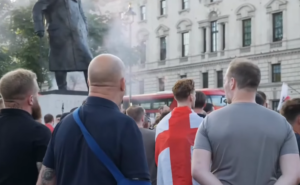
In recent years, the UK has witnessed several instances of public unrest, often escalating into what is popularly termed “riots violence.” These events are marked by confrontations between protesters and law enforcement agencies, where peaceful demonstrations turn into chaotic and violent clashes. A particularly alarming aspect of such events is the use of petrol bombs, also known as Molotov cocktails, thrown at police forces during these confrontations. This phrase, “Petrol Bombs Thrown at Police During Clashes in London,” encapsulates the intensity and severity of these violent outbreaks. In this discussion, we will delve into the deeper meaning and implications of this phrase, exploring the causes, consequences, and broader context of riots violence in London, focusing on the symbolic and literal use of petrol bombs.
The Symbolism of Petrol Bombs in Riots Violence
Homemade incendiary weapons, known as petrol bombs or Molotov cocktails, are typically made from glass bottles filled with flammable liquid, usually petrol, with a cloth wick that is ignited before being thrown. The use of such a weapon in protests is symbolically deep, with a radical and violent rejection of authority being represented. In the context of riots violence, the throwing of petrol bombs at police officers is seen as an aggressive expression of anger, frustration, and defiance against perceived oppression.
In London and other cities, petrol bombs used during riots violence have become a symbol of extreme measures taken to be heard. This shift from peaceful protest to violence shows that communication with authorities has broken down, crossing moral and legal boundaries to inflict harm.
Historical Context of Riots Violence in London
To understand the significance of petrol bombs being thrown at police during clashes in London, it is essential to consider the historical context of riots violence in the city. London has a long history of public unrest, dating back centuries, with each incident reflecting the socio-political tensions of its time.
One of the most notable examples of riots violence in London was the 2011 London Riots, which were triggered by the police shooting of Mark Duggan, a young Black man, in Tottenham. Widespread anger and disillusionment with the police, especially within the Black community, were caused by the incident. Over the course of several days, violent clashes, looting, and arson were escalated from peaceful protests. Petrol bombs were used against the police by rioters, symbolizing the intense anger and frustration felt by the community.
The 2011 riots were not an isolated incident but part of a broader pattern of riots violence in the UK, often linked to issues of racial inequality, police brutality, and economic hardship. Similar incidents have occurred in other cities, but London has often been the epicenter due to its status as the nation’s capital and its diverse population. The repeated occurrence of riots violence in London points to deep-seated issues within society, where certain communities feel marginalized, disenfranchised, and ignored by those in power.
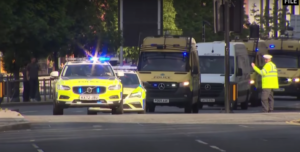
The Causes of Riots Violence in London
The phrase “Petrol Bombs Thrown at Police During Clashes in London” highlights the culmination of various underlying issues that lead to riots violence. These issues are complex and multifaceted, involving socio-economic, political, and cultural factors.
- Socio-Economic Inequality: One of the primary drivers of riots violence in London is socio-economic inequality. Many of the areas where riots have occurred are characterized by high levels of poverty, unemployment, and lack of access to quality education and healthcare. These conditions create a sense of hopelessness and frustration, particularly among young people, who may feel that they have no future. When these grievances are not addressed, they can manifest as anger and violence, with petrol bombs becoming a tool of expression.
- Racial Tensions: Racial tensions have been a significant factor in riots violence in London. The relationship between the police and ethnic minority communities has often been strained, with incidents of police brutality and racial profiling fueling mistrust and resentment. The use of petrol bombs against the police can be seen as an extreme response to these tensions, representing a rejection of the perceived systemic racism within the law enforcement agencies.
- Political Discontent: Political decisions and policies can also trigger riots violence. In London, government austerity measures, cuts to public services, and controversial laws have all contributed to public unrest. When people feel that their concerns are not being addressed through democratic channels, they may resort to violent protest as a way to make their voices heard. The use of petrol bombs is an expression of this discontent, symbolizing a breakdown in the relationship between the government and its citizens.
- Youth Disenfranchisement: Young people are often at the forefront of riots violence, driven by a sense of disenfranchisement and alienation. In London, youth unemployment rates are high, and many young people feel disconnected from mainstream society. They may view the police as representatives of a system that has failed them, leading to confrontations during protests. The throwing of petrol bombs is a dramatic way for these young people to express their anger and frustration.
- Trigger Events: Riots violence is often sparked by a specific incident, such as a controversial police action, which acts as a trigger for wider unrest. These events can quickly escalate, with peaceful protests turning violent as emotions run high. The use of petrol bombs during these clashes is often a response to what is perceived as excessive force by the police, with protesters feeling that they have no other means to defend themselves or to make their point.
Consequences of Riots Violence and the Use of Petrol Bombs
The consequences of riots violence, particularly the use of petrol bombs, are far-reaching and severe. For the individuals involved, the use of such weapons can lead to criminal charges, imprisonment, and long-term consequences for their futures. For the police, facing petrol bombs is a life-threatening situation that requires them to respond with force, further escalating the violence.
On a broader societal level, riots violence and the use of petrol bombs can lead to significant damage to property, loss of life, and long-term harm to community relations. The destruction caused during riots can take years to rebuild, and the scars left on communities can last even longer. The use of petrol bombs also deepens the divide between the police and the public, making it more difficult to rebuild trust and maintain law and order in the future.




